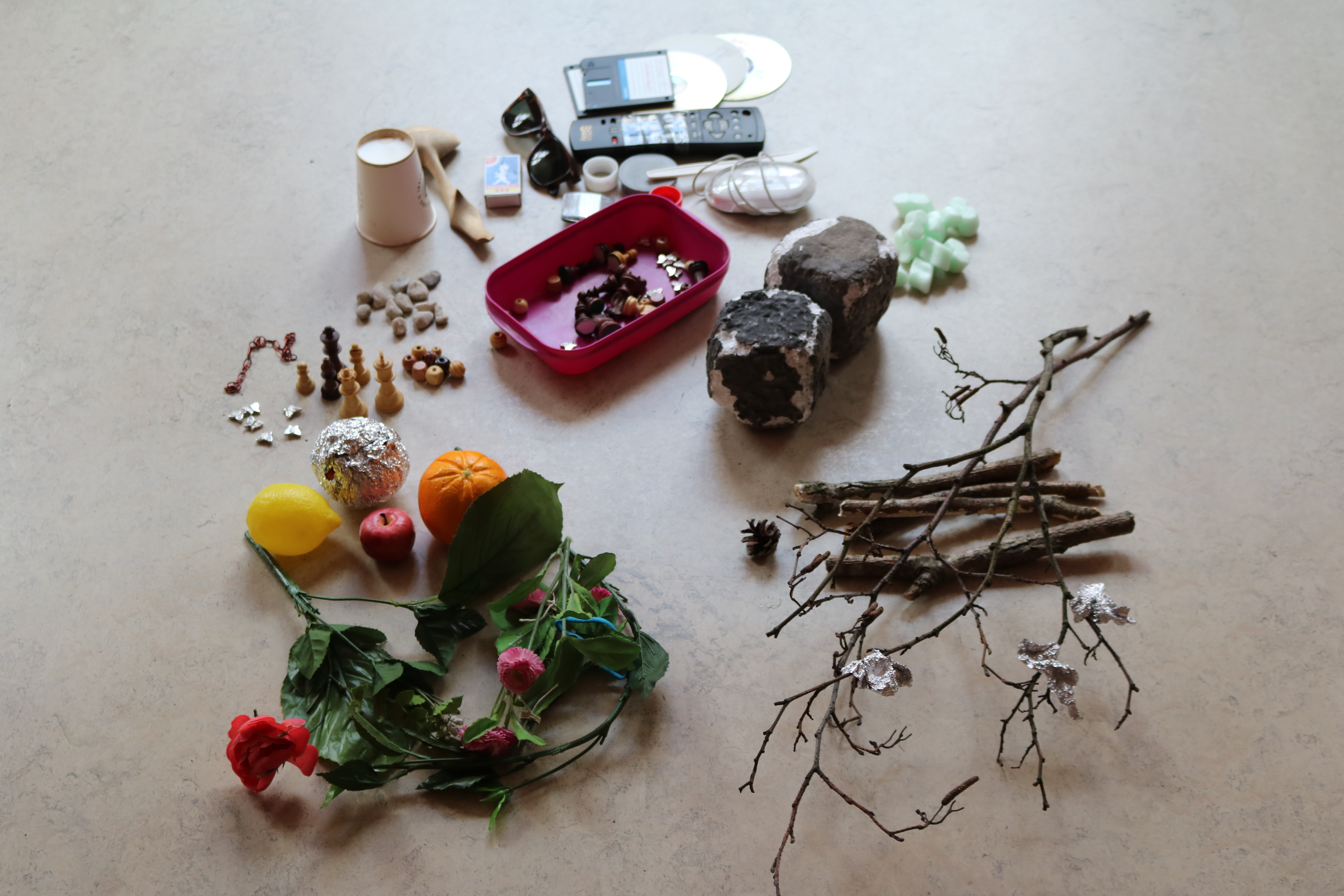It was Mansoor Hosseini (Iran/Sweden), composer and percussionist, who brought Cassandra over here. My encounter with him started with an invitation for a composer-performer collaboration. If in the now the words mutual contamination pulsate in my mouth, at that time I asked him for a piece for flute in combination with percussive and theatrical elements. I was in search of collaborative processes that would provoke a mixture of my practice as a flutist with other art forms, as a way of working around a dominant characteristic of Western musical practices: a fragmented specialisation or a specialised fragmentation.
In our first encounter, Hosseini imagined a futuristic flutist- cyborg in a mechanical dance with different parts of the flute attached to different parts of the flutist. In a second encounter, two weeks later, he brought me instead the idea of a Cassandra- musician. He imagined Casss...andra: a female character – a bit scary, a bit funny, a bit mad – invoking the mythic prophetess Cassandra. He added a singularity to her story: she would know how to play the flute.
A few weeks later, Casss...andra became a solo work for flute, collaboratively composed, which entails dance, theatre, the use of percussion instruments and extramusical objects, the sounds of human breath and bodily movement as its primary mediums. On a dark stage, the flutist is placed hiding and breathing behind a box filled with objects to be thrown at two gongs positioned symmetrically by her side, with flute headjoints attached to her arms and legs. Suspense is generated through the presence of the unplayed flute: an alto flute is hidden at the bottom of the box, and revealed only at the end of the piece.
Already in the play within the title, Casss...andra evokes the sibylline air that sibilates: ...sss – the body-breathing of the flutist as the main compositional material, a bridge between objects, box, headjoints, gongs and alto flute. The breathing universe, the air in and out, its variation of timbres and speed, are shaped and constantly transformed through breathing cavities: throat, tongue, mouth, nose, lips, pieces of flutes attached to the body of the flutist.
Casss...andra breathes in between collaboration and co-creation. Creative roles and tasks were divided. Hosseini invoked Cassandra, I gave her my body-breathing. The open nature of its notation, an action-notated score, with drawings, action descriptions, some intervallic and rhythmic material, hand- written, messy: much is left to be deciphered and created. The performer becomes a co-creator through the organisation of air-gestures, through the preparation of the box, through the placing of headjoints on different the parts of her body. From unheard softness to the loudness of confusion and rage, the dynamic contrasts are left to be created by the body-breathing of the flutist.



Images by Marina Cyrino